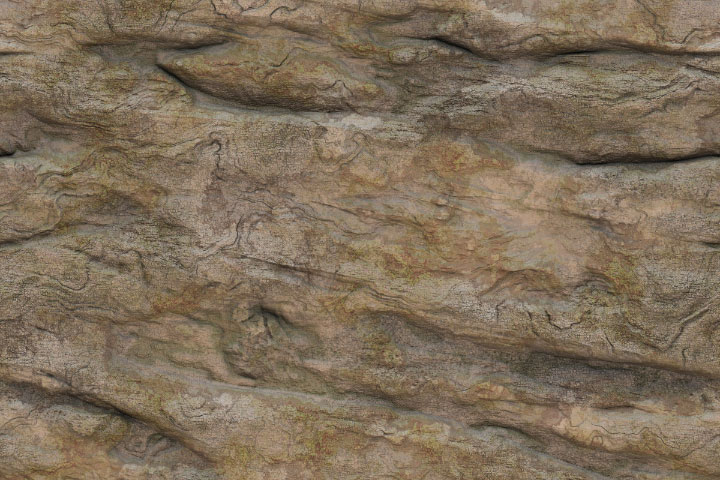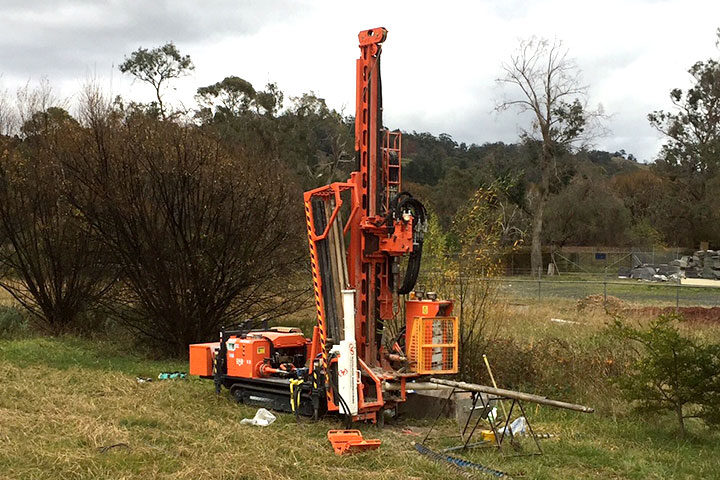
Although we most often associate hard rock with difficulties in drilling, there are some challenges that come specifically when you work with soft rock. Here’s an overview of soft rock drilling, courtesy of your favourite Sydney drilling company, BG Drilling:
What is soft rock?
First off, let’s get a bit of background. The hardness of a rock is classified according to the Mohs scale; the higher the numbers, the harder the rock. Soft rock is anything between one and four. There are several soft minerals commonly encountered during drilling, including limestone, calcite, gypsum, shale, and talc.
It should be remembered that some of these materials can vary in hardness due to differences in the impurities. It’s important to do a hardness test on the ground before beginning drilling. Plus, in soft soils, you often encounter sand or seams of clay. Depending on what you find, you may have to adjust your tactics.
Soft Rock
When dealing with soft rock, it’s important to choose the right core bit. If your ground fits in the 3.5-5 range, a core bit like Hero 3 delivers good penetration. If you’re dealing with slightly harder grounds, like those in the range from 4-6, you may prefer to work with the Hero 5.
Experienced drilling contractors will keep an eye on your waterways. The soft ground tends to gum up waterways, so you’ll need wider channels. You’ll also have to watch for bit-balling, which is when the soil clings to the drill bit and balls up. This will dramatically lower the surface torque and rate of penetration.
It also helps to use some a drilling fluid additive such as Torqueless. This will reduce torque and extend the life of your equipment. Plus, it helps to lubricate, reduce rusting and wear in the rods, and cool the core bit.
Drilling through Soft Rock with Clay
Once again, you have to use wider waterways and watch out for bit-balling, as clay is even more prone to it than other forms of soft ground. Another thing you have to watch for when dealing with clay is its tendency to swell. The ground can squeeze and place pressure on the drill rods, potentially trapping them in the hole.
One way to counter this is with additive such as DD-955, which will reduce swelling and make the hole more stable. The additive mentioned above, Torqueless will increase its effectiveness further, reducing clumping, ensuring proper mixing, and minimising product waste.
Drilling through Soft Rock with Sand
Experienced drilling contractors always begin by assessing the hardness of the ground and choosing the matrix best suited to the task. This is especially important when dealing with sand. It’s a fragile medium and heavy water pressure will cause the walls for the hole to collapse. Because of this, it’s important to keep the waterway quite wide, reducing the water pressure at any one point in the wall.
If you often deal with sandy conditions in your area, you might want to look into Sand Xpress or Sand Drill. These products will help to stabilise abrasive and unstable grounds like gravel and sand. They also stabilise the borehole and make core retrieval much easier.
If you’d like to know more about your drilling job, or you’re looking for some experienced drilling contractors in Sydney that can handle any job you’ve got, feel free to contact us. At BG Drilling, we’ve got you covered.



